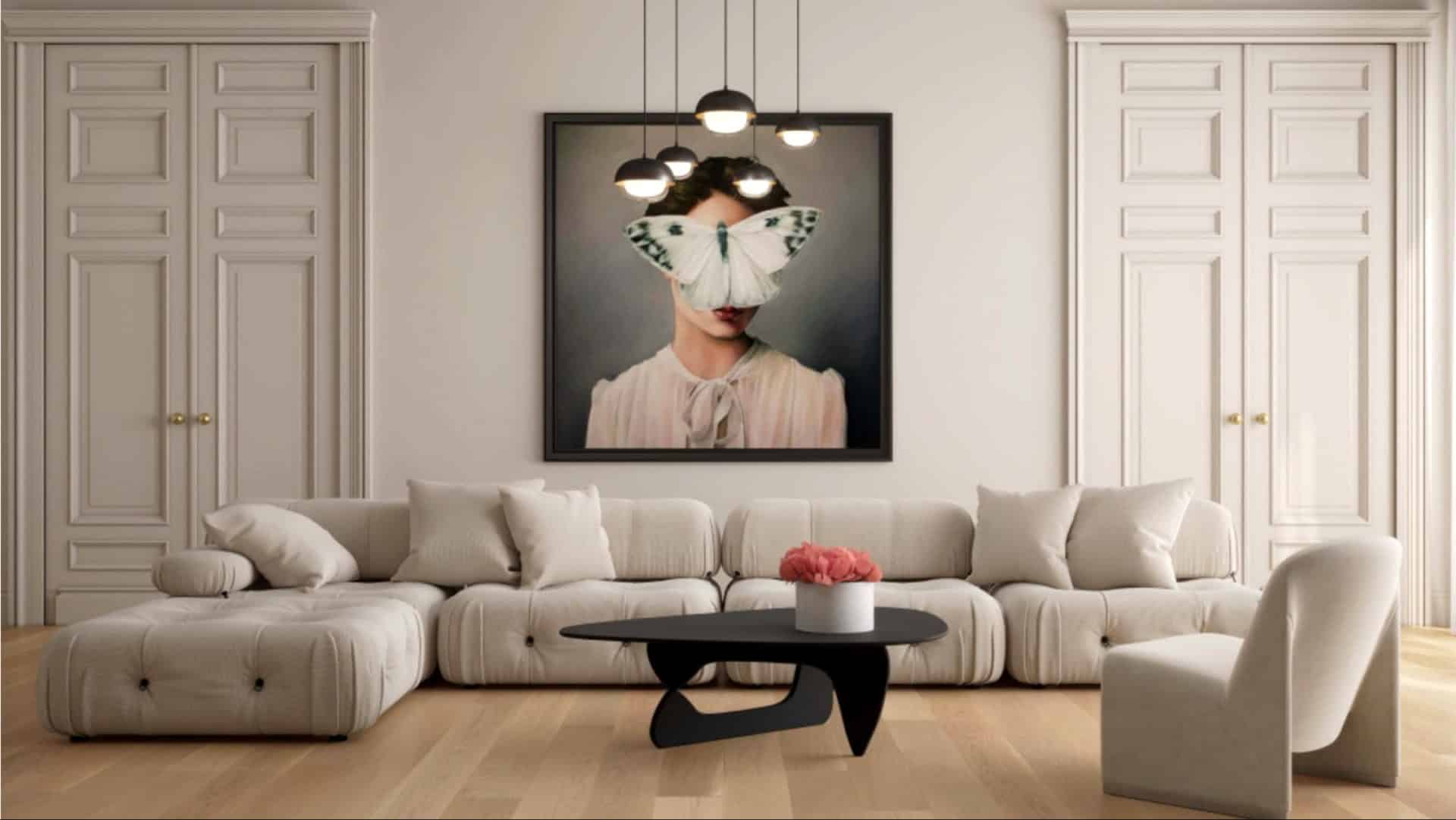Vinyl flooring might seem like a dream come true with its affordability and versatility, but there are hidden pitfalls you should consider before investing.
Here’s a guide to understanding the potential cons you might face with vinyl flooring.
1. Noise Levels

Vinyl floors can be noisier compared to carpet or cork, which naturally absorb sound. Walking on them might produce more echo or amplify footsteps, especially in large, open areas.
To counteract this, using rugs or sound-absorbing underlayment can help reduce noise.
If quietness is crucial, consider your space and furniture layout.
Testing noise levels in a sample section of your home can give you a realistic expectation before installation, preventing future disappointment.
2. Subfloor Requirements
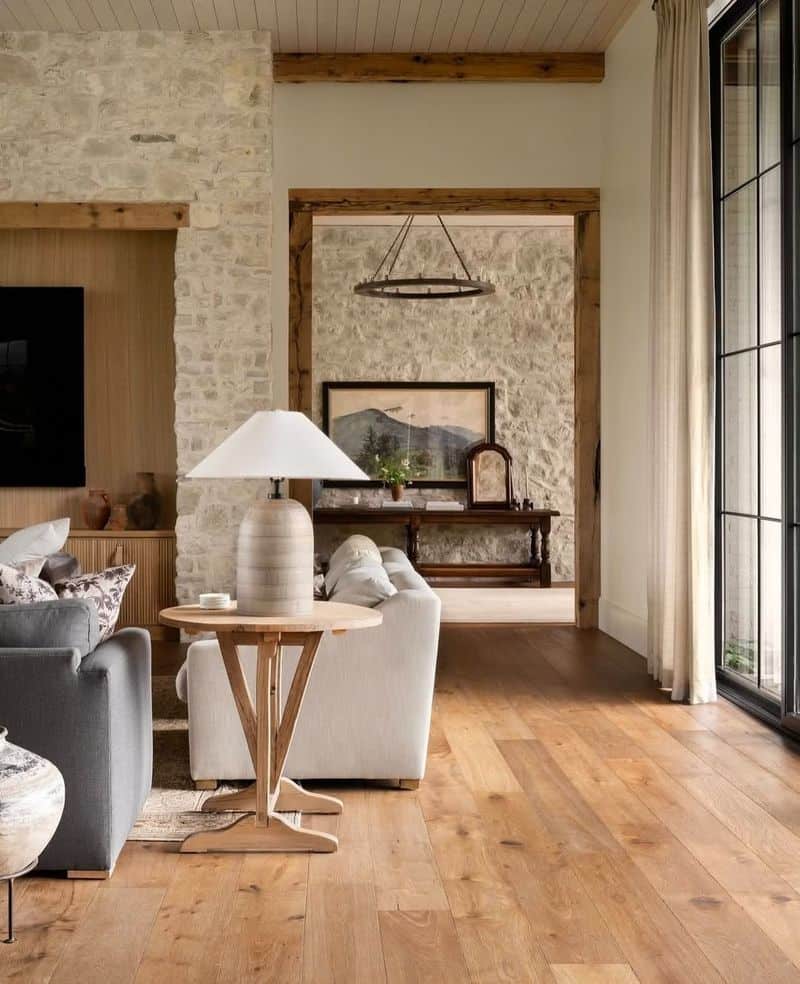
Installing vinyl requires a smooth and even subfloor to prevent imperfections from showing through. Uneven surfaces can lead to visible flaws and even damage over time.
It’s crucial to prepare the subfloor properly before installation, which might involve additional costs or labor.
If you skip this step, you may face more problems down the road.
Proper preparation ensures a flawless finish and maximizes the lifespan of your investment, offering peace of mind.
3. Design Limitations
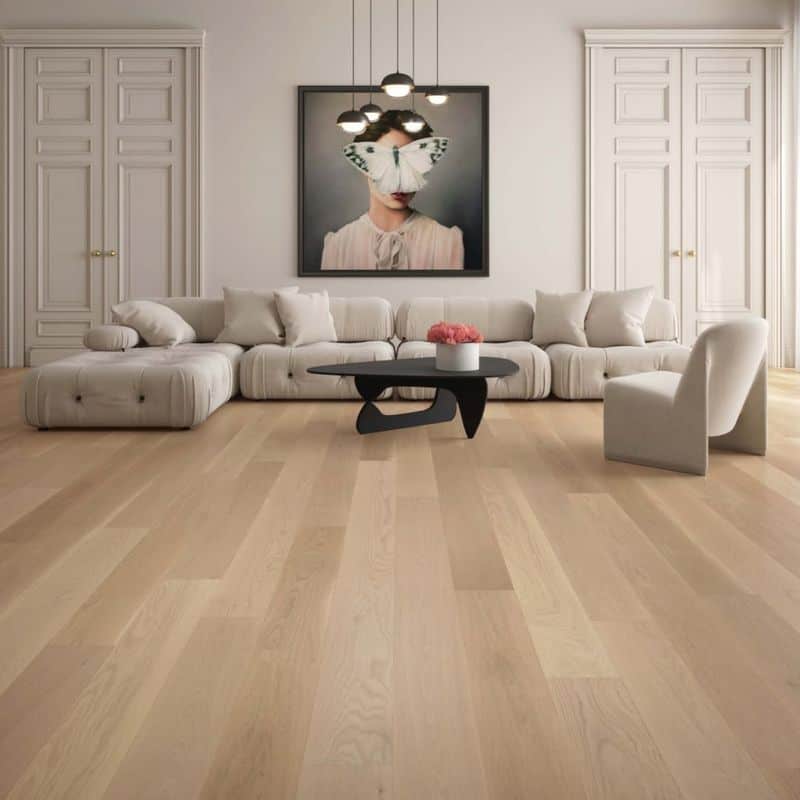
While vinyl flooring offers a variety of designs, it may not achieve the authentic look of natural materials like wood or stone.
The texture and appearance might fall short for some discerning homeowners.
Consider the visual impact and if it aligns with your aesthetic goals. Sometimes, investing in higher-quality vinyl can bring you closer to your vision.
Exploring samples before committing can help set realistic expectations and avoid future regret about the flooring choice.
4. Difficult Repairs

Repairing vinyl floors can be tricky, as replacing damaged sections often requires the removal of entire planks or tiles.
This can be both time-consuming and costly. It’s wise to keep spare pieces from the original installation for potential repairs.
In some cases, professional help may be necessary to ensure a seamless fix.
Preparing for the unexpected can save you from long-lasting eyesores or mismatched repairs, especially if the product line is discontinued.
5. Susceptibility to Scratches
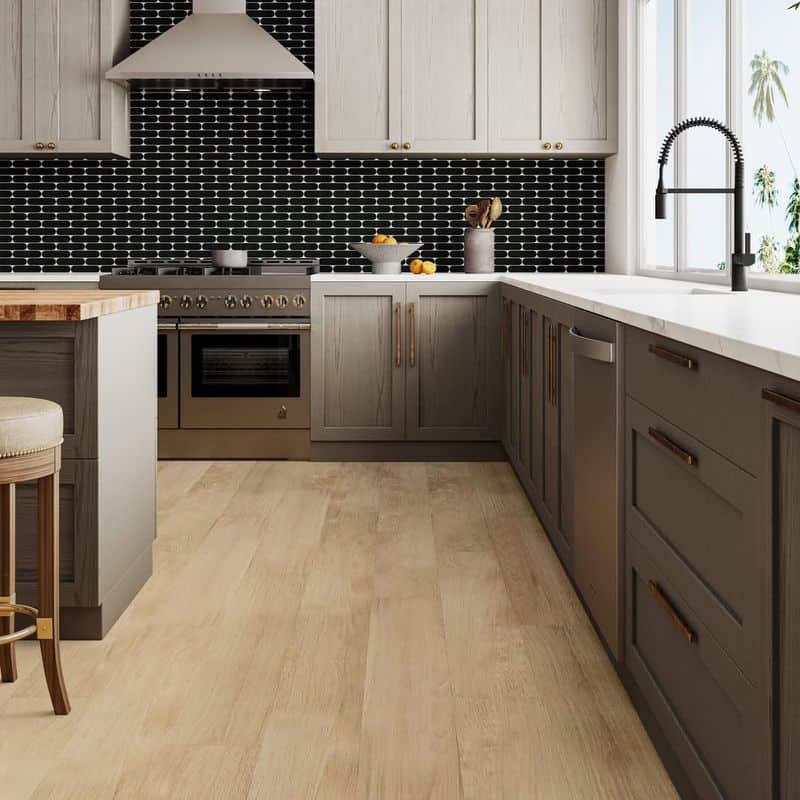
Vinyl flooring is prone to scratches, especially in high-traffic areas of your home. Dragging furniture or even frequent foot traffic can leave unsightly marks.
To minimize this, consider using protective pads under furniture and regular maintenance.
Creating a no-shoe policy or using area rugs in busy spaces can also help preserve the surface.
While attractive, vinyl’s delicate nature may require extra care, particularly if you have kids or pets running around.
Consistent vigilance is key to maintaining its appearance.
6. Chemical Sensitivity
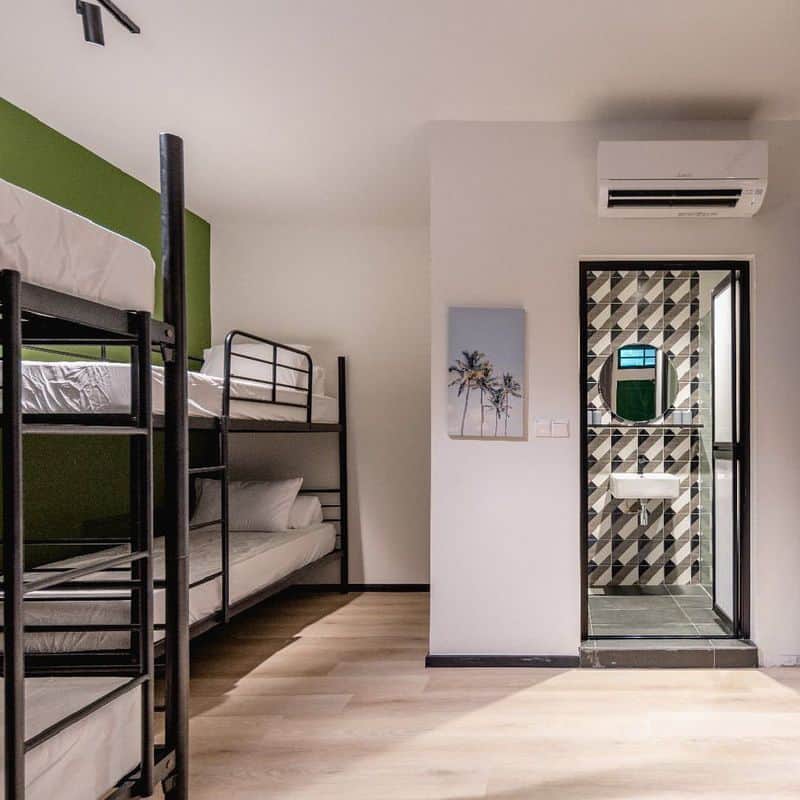
Vinyl flooring can react negatively with certain cleaning products, leading to discoloration or weakening of the material.
It’s essential to use cleaners specifically designed for vinyl to avoid these issues. Opt for mild solutions and test new products on a small area first. Avoid anything too abrasive or acidic.
Being cautious about what you use on your floors will ensure they remain vibrant and intact, sparing you the headache of repairing or replacing them prematurely.
7. Fading from Sunlight
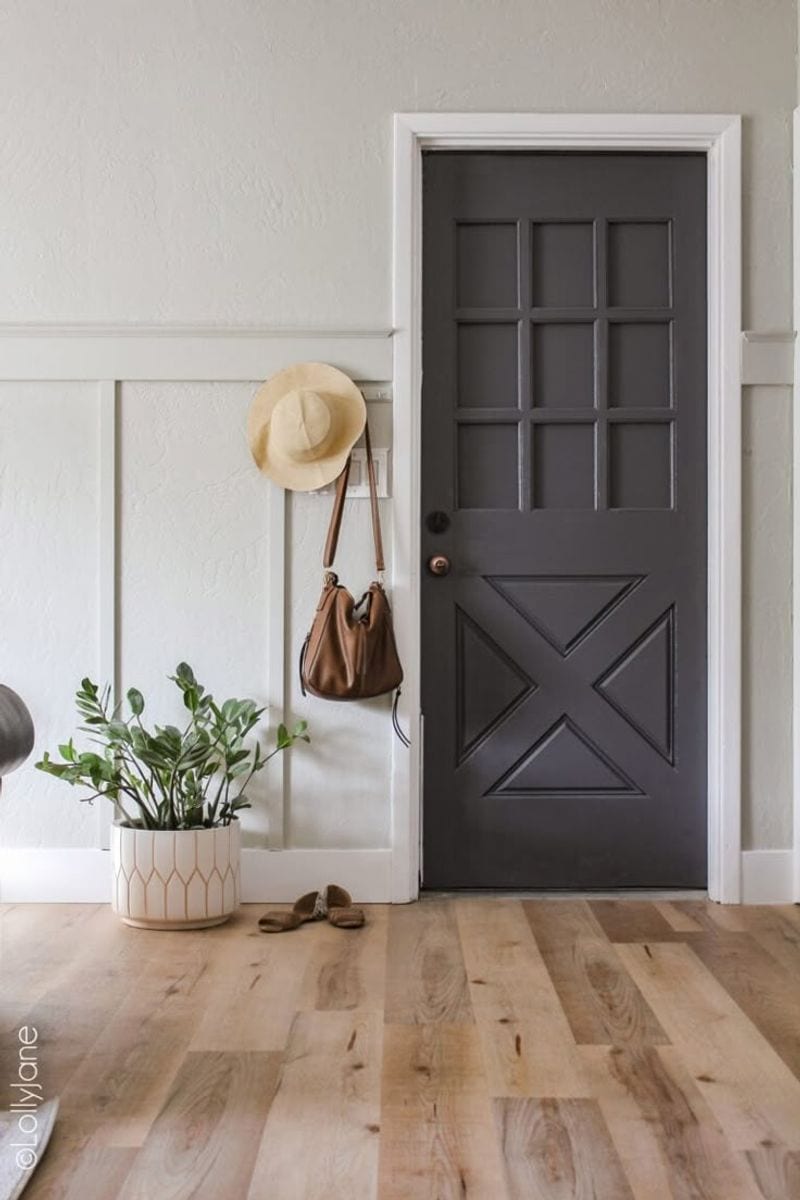
Prolonged exposure to sunlight can cause vinyl flooring to fade, diminishing the vibrant colors you initially loved.
This is particularly problematic in rooms with large windows or strong sunlight.
Consider using curtains or UV-protective window films to help mitigate this effect.
Rearranging furniture periodically also ensures even exposure, reducing the chance of noticeable fading in specific areas.
Protecting your floors from direct sunlight keeps them looking fresh longer.
8. Limited Lifespan
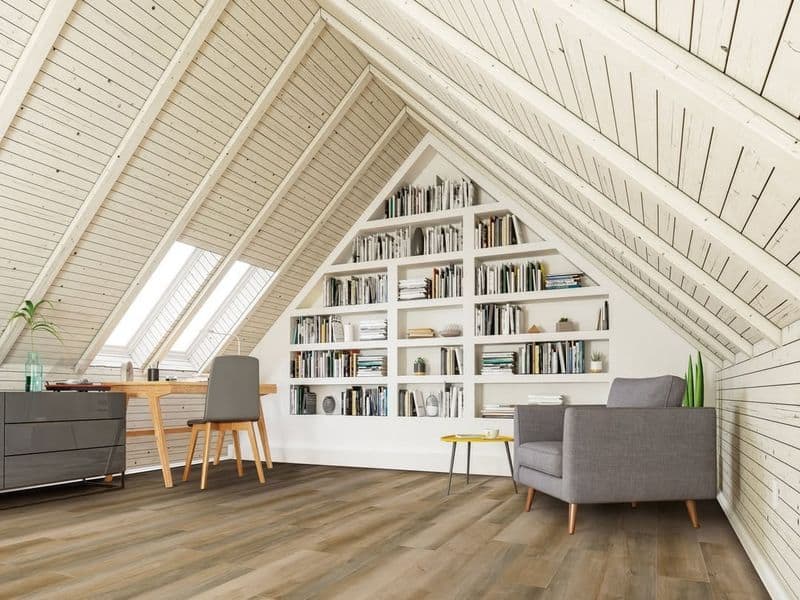
Vinyl flooring generally has a shorter lifespan compared to other materials like hardwood or tile.
It might show signs of wear and tear within a few years, especially in high-traffic areas.
Regular maintenance can extend its life, but it’s important to be realistic about its durability. Consider it a temporary solution rather than a long-term investment.
If you’re considering vinyl for areas with frequent use, weigh this against the cost savings it initially offers.
9. Environmental Concerns
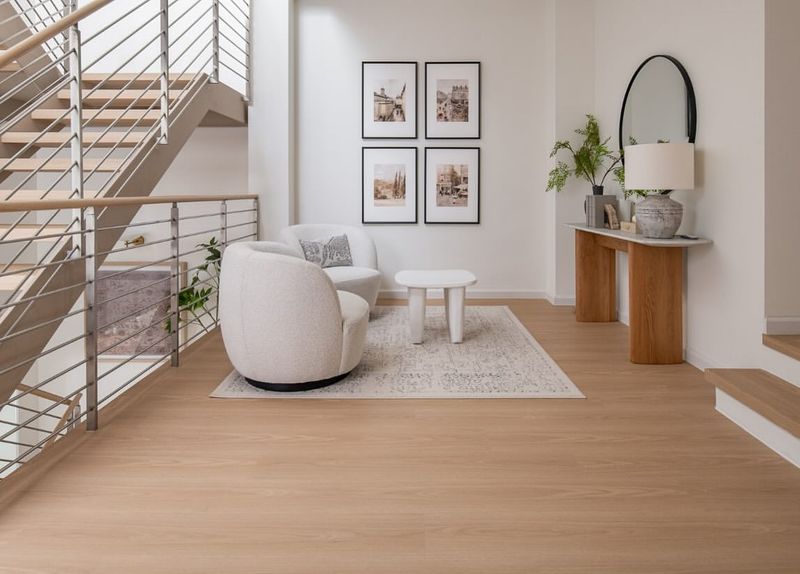
Vinyl flooring is often criticized for its environmental impact. It’s typically made from non-renewable resources and can be difficult to recycle at the end of its life.
Some manufacturers are making strides toward more sustainable options, but it’s worth researching these alternatives.
If environmental impact is a significant concern for you, consider looking into other flooring materials.
Balancing style, cost, and sustainability can be challenging, but informed choices can lead to better outcomes for the planet.
10. Health Concerns

Vinyl flooring may emit volatile organic compounds (VOCs) that can affect indoor air quality. This is a concern, especially for those with allergies or respiratory issues.
Ensuring proper ventilation during and after installation can mitigate some effects.
Selecting low-VOC products is advisable if health is a priority.
Balancing aesthetics with health considerations can lead to a more comfortable living environment, where both beauty and well-being coexist seamlessly.

